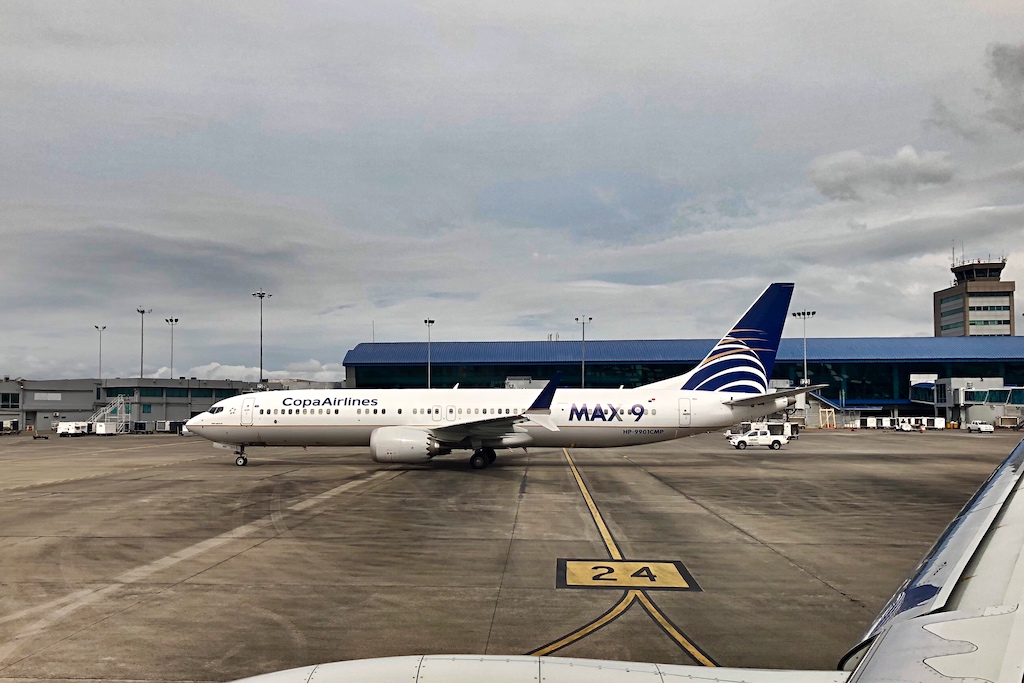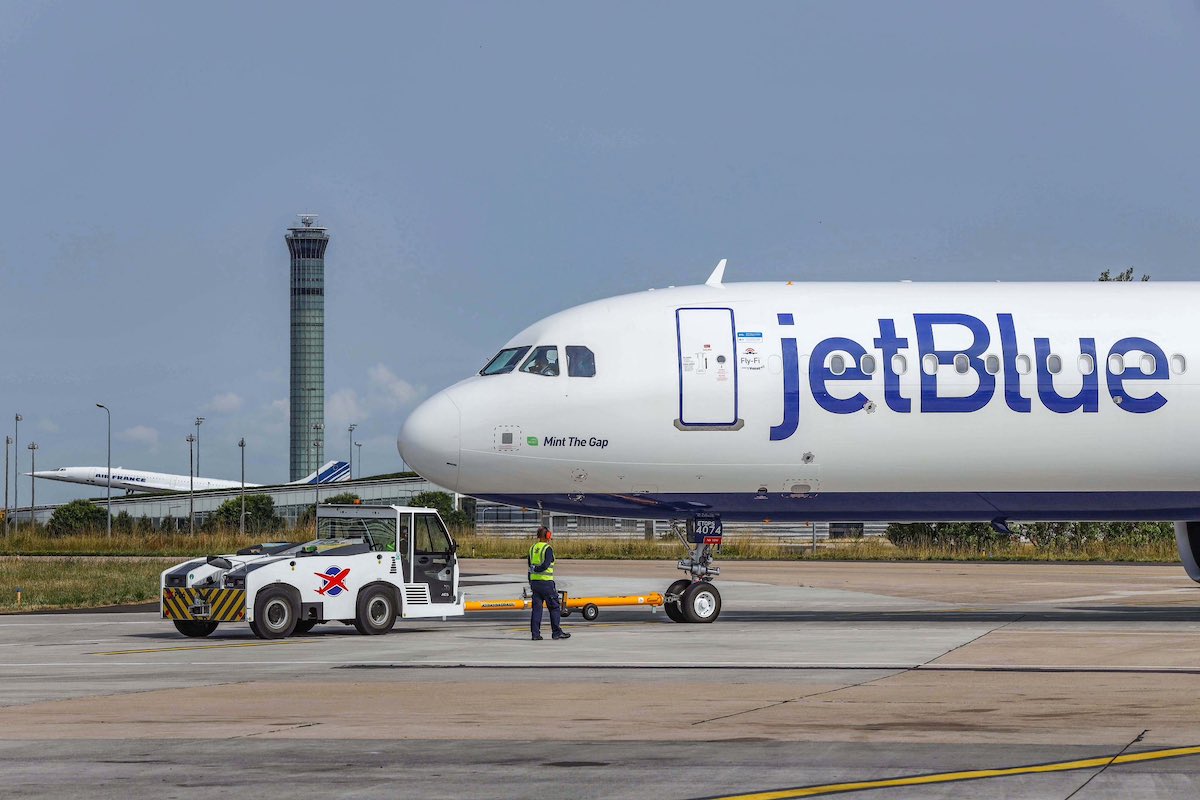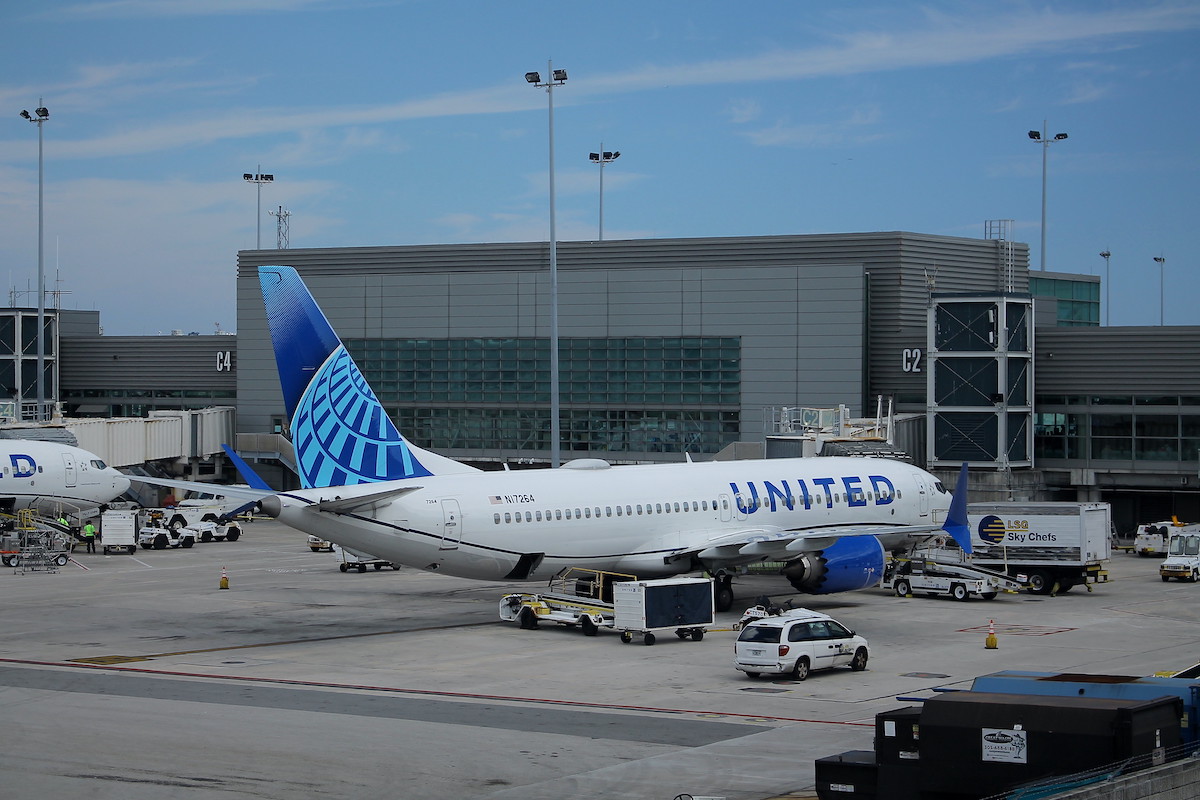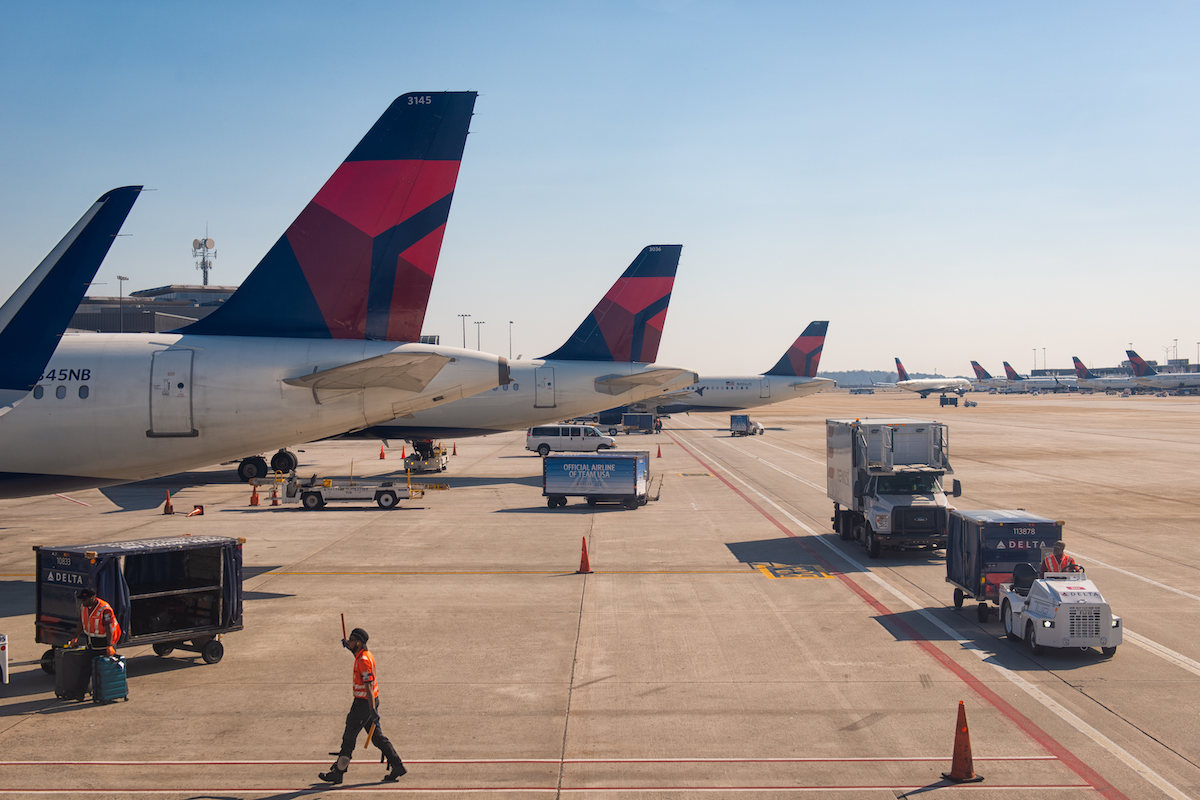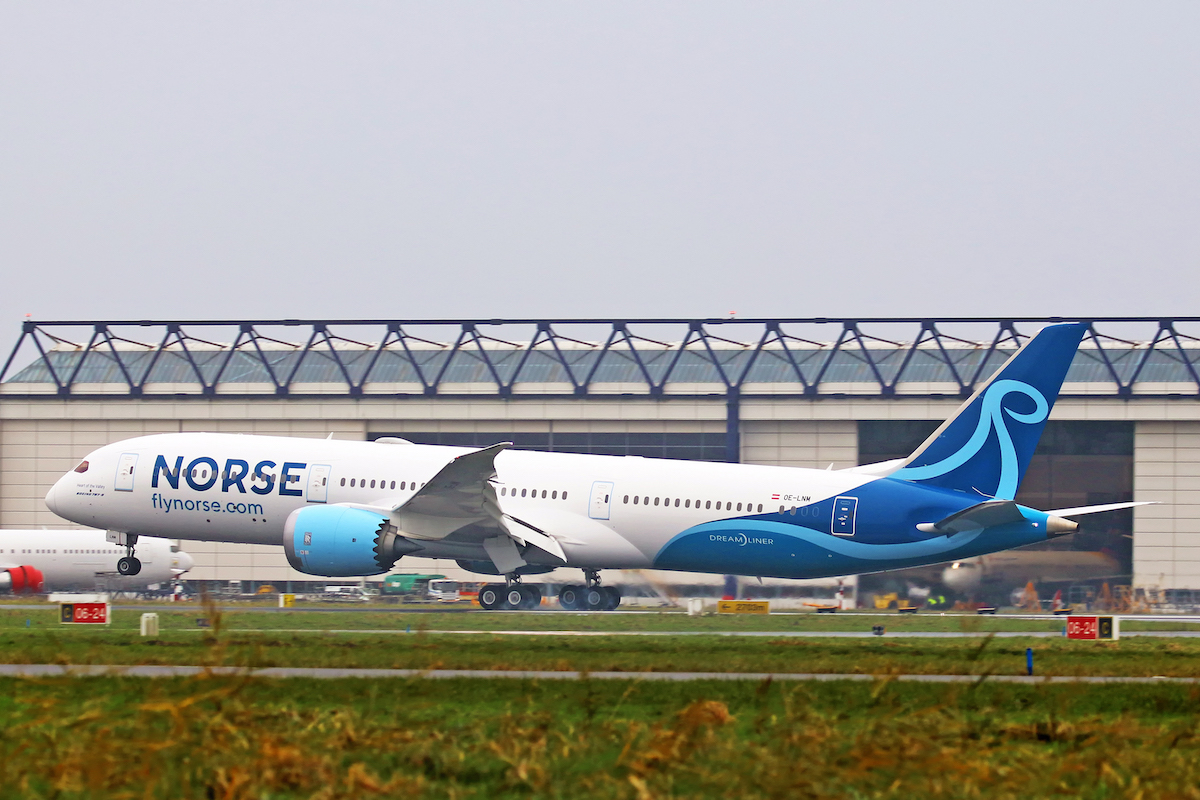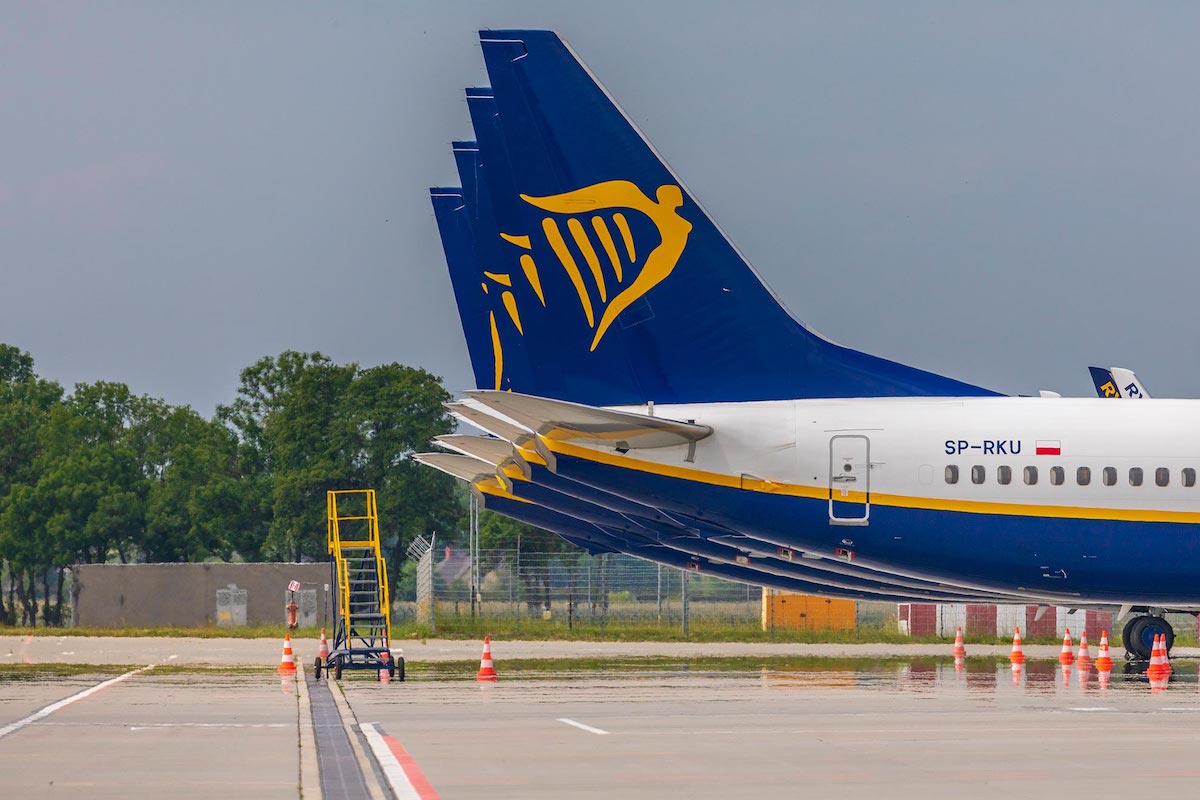Copa Airlines’ recovery happened faster than expected, especially given the Panamanian carrier has virtually no domestic routes. Visiting friends and relatives (VFR) and leisure traffic are fueling its climb out from the pandemic.
The nature of its business has changed, however. CEO Pedro Heilbron observed that before the pandemic, VFR, leisure, and business travel each accounted for a third of Copa’s traffic. Now, VFR and leisure account for about 40 percent each, and business travel comprises just 20 percent. This appears unlikely to change in the near term.
The carrier flew 70 percent of its pre-pandemic capacity in the third quarter and is planning to add more in the fourth quarter and the first quarter of next year. It has maintained six flight banks at its hub at Panama City’s Tocumen Airport, which is unlikely to change, although Copa is operating fewer flights in each bank. “But of course, Covid has not gone away,” Heilbron said.
Competition in the region is heating up, however, as carriers scramble to tap into demand to vacation hotspots in South America. “There’s quite a bit of action … especially from new entrants, or not new entrants but new entrants to the region,” Helibron said.
Competitors Volaris and Viva Air have expanded their presence in Central America and Colombia in recent months. And Avianca, Copa’s largest regional competitor, has cut costs by at least 40 percent through a U.S. Chapter 11 bankruptcy restructuring that it plans to emerge from before the end of the year.
Demand within Latin America also remains robust, despite inflation and foreign-exchange headwinds. Recently, Azul said its international travel demand had withered a bit due to both visa delays and unfavorable foreign exchange making tickets more expensive for Brazilians. Heilbron said Copa has noticed few such issues.
Above all, Copa plans to be flexible until the pandemic has fully receded. Heilbron noted that the carrier added capacity last November in anticipation of strong year-end demand, which never materialized. This year is expected to be different, but he said the carrier reserves the ability to flex capacity down if needed.
Copa is in the midst of a re-fleeting. The last of its Embraer E190s exited the fleet in the quarter. It sold two Boeing 737-700s, and is transferring two more 737-800s to its Wingo unit in Colombia. Copa accelerated deliveries of 12 737-9s it has on order from Boeing with the aircraft now due to arrive from next year through 2025. Copa plans to take delivery of an additional two -9s by the end of the year and two more next year. Copa ended the quarter with 87 aircraft in its fleet and plans to end the year with 89 planes.
Copa reported a third-quarter adjusted operating profit of $49 million, down 63 percent from 2019. Revenues for the quarter were $445 million, down 37 percent from two years ago. Copa expects to operate 83 percent of its 2019 capacity in the fourth quarter.
